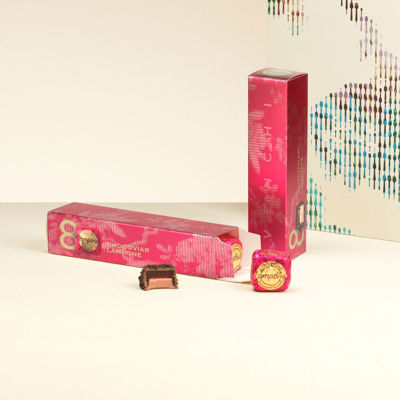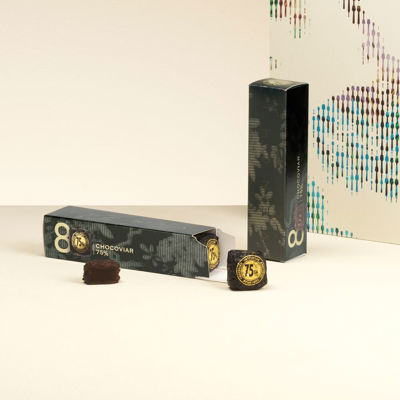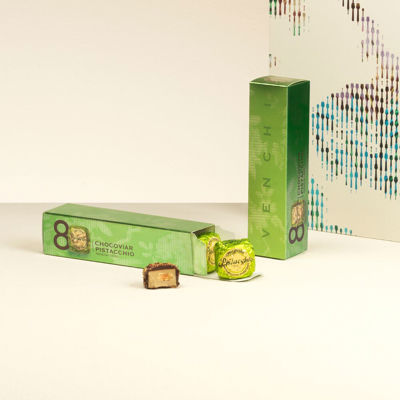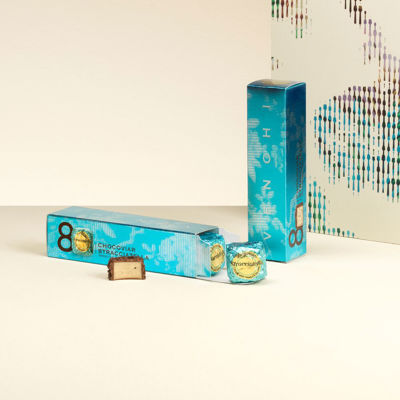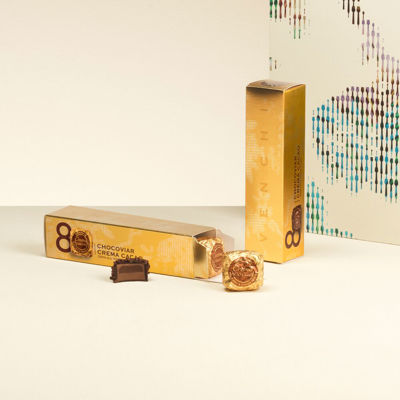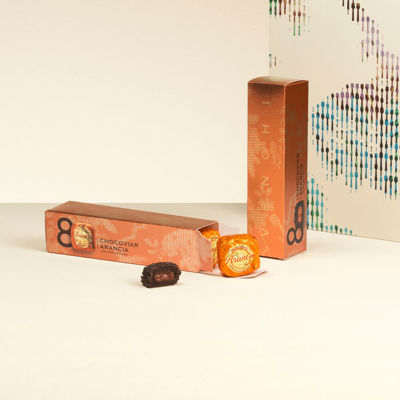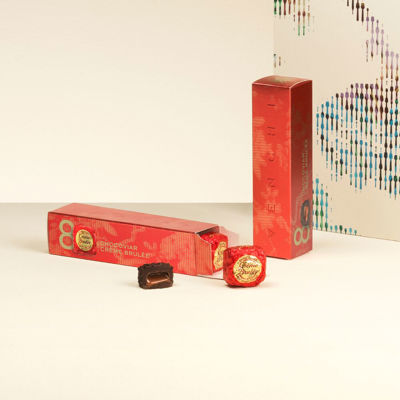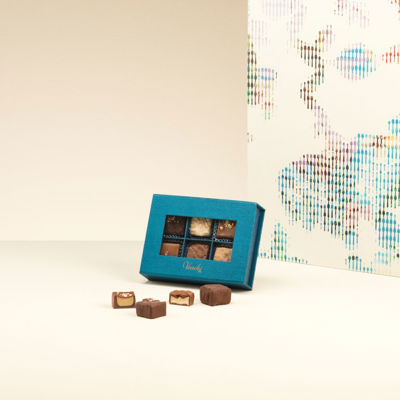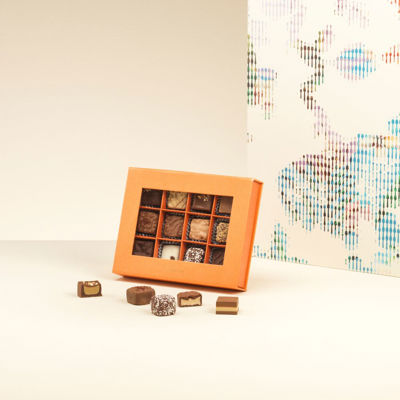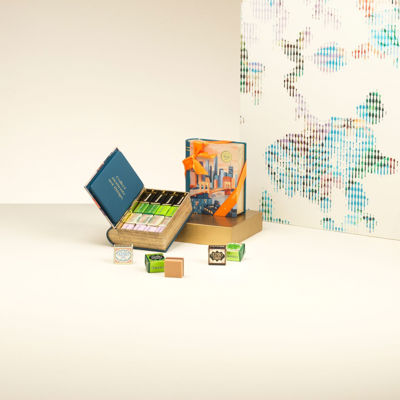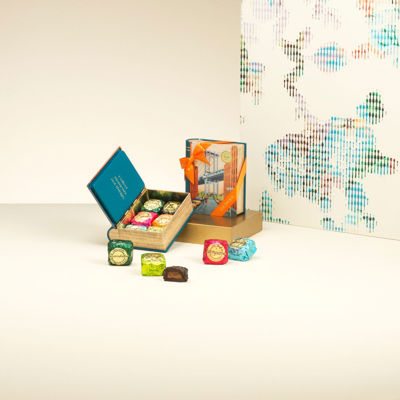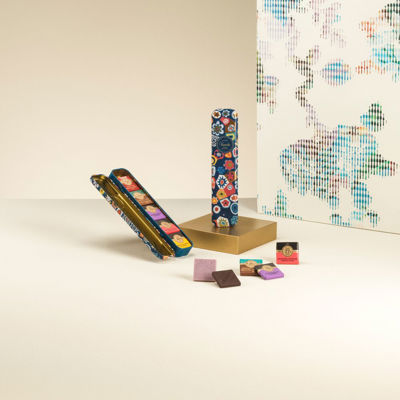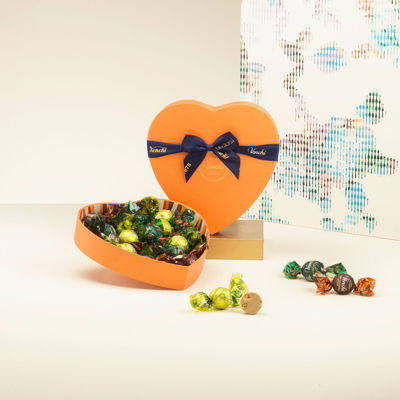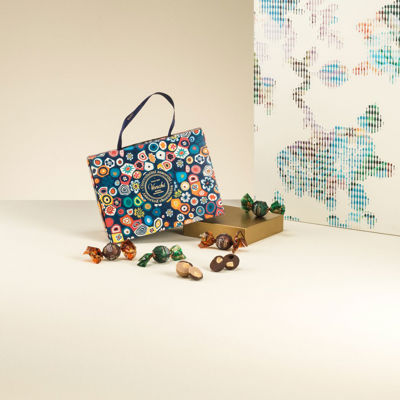
How to taste chocolate
Enhance your tasting experience with Venchi’s expert tips on How to Taste Chocolate. Discover chocolate’s flavor profile and learn how to create the perfect tasting environment so you can fully appreciate each bite like a true chocolate connoisseur.
VENCHI HIGH-QUALITY CHOCOLATE
What is chocolate's flavor profile?
Chocolate captures the imagination and enchants the taste buds like few other ingredients. Its flavors are complex and varied, making it difficult to describe in just a few words. While cocoa is the main note in both milk and dark chocolate, there’s so much more to discover. We’ve simplified the most common flavor notes into a few key groups:
Floral: notes of geranium, jasmine or other florals
Herbal: notes of rosemary or other herbs
Spicy: notes of pepper, cinnamon, or other spices
Nutty: notes of walnut, almond, or other nuts
Fruity: notes of citrus, berry, tropical or other fruits
Earthy: notes of olives, wood, or mushrooms
Dark Sweet: plum, wine, or brown sugars
There are different flavor notes to observe depending on the type of chocolate you’re tasting. In white chocolate, look for its creamy texture and subtle hints of butter or vanilla. Milk chocolate offers a similar profile but with additional caramel or cocoa undertones. Dark chocolate, on the other hand, is a complex balance of sweet, sour, and bitter flavors. As you taste, try to identify any fruity, nutty, or deep cocoa notes.
How to taste chocolate like a connoisseur
Chocolate connoisseurs take tasting chocolate seriously, ensuring they engage all their senses of sight, smell, taste, touch, and hearing. Below are some essential tips to help you taste chocolate like a professional.
Start sweeter: if you’re tasting more than one type of chocolate, it’s best to start with the less intense and work your way up. This approach allows the taste buds to gradually adjust to different flavor intensities, preventing stronger flavors from overpowering the more delicate ones at the beginning of the tasting.
Room temperature chocolate: make sure you’re tasting room temperature chocolate so all the flavors will come through effortlessly and the chocolate will melt in your mouth.
Cleanse your palette: in between each chocolate tasting, it’s crucial to cleanse your palette with warm water or a neutral cracker. This helps remove any lingering flavors from the previous chocolate, allowing to perceive the flavors of the next chocolate more accurately and fully.
There are no right or wrongs: tasting chocolate is a subjective, sensory experience where there are no right or wrong answers. Feel free to use any of the descriptors you’d like!
How to appreciate chocolate notes
Tasting chocolate is a true art that requires attention and passion so that the full spectrum of chocolate’s notes can bloom in the mouth and be savored. The higher the quality of the chocolate, the more complex the flavor notes will be. Below, we highlight the essential factors to focus on when tasting chocolate.
Taste: hold your nose while you taste the chocolate. What’s the first dominant taste that is experienced?
Secondary notes: stop holding your nose and smell the aromas of the chocolate. What are the flavor notes that emerge after you’ve allowed the chocolate to ruminate in the mouth?
Texture: how does the chocolate’s texture taste in the mouth? Is it smooth, creamy, coarse, or chewy?
Experiment with Venchi chocolates: a flavor journey
Venchi’s chocolate tasting kit invites you to experience the finest chocolate from the comfort of your home. Follow these simple steps to maximize the chocolate’s flavors:
Look: what does the chocolate look like? What color is it? Is it glossy or matte?
Touch: rub a small piece of the chocolate between your fingers, does it melt easily?
Listen: close your eyes and snap the chocolate. What sound does it make? The easier and louder the snap, the better the quality of the chocolate.
Smell: what are the aromas you can detect? Are they intense or mild?
Taste: pinch your nose and allow the chocolate to melt in your mouth. Notice how the flavor develops – if it comes on quickly or slowly: compare the initial taste to any hints of flavor that emerge a little later.
Enjoy: tasting chocolate is supposed to be a pleasurable experience!






